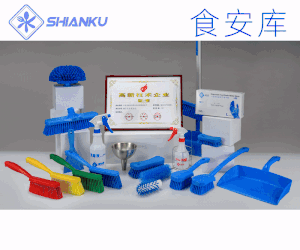食品伙伴網(wǎng)訊 2025年6月18日,歐盟食品安全局就一種普魯蘭酶(pullulanase)的安全性評(píng)價(jià)發(fā)布意見。
據(jù)了解,這種食品酶是由轉(zhuǎn)基因地衣芽孢桿菌菌株DP-Dzp107生產(chǎn)的,旨在用于3種食品生產(chǎn)過程。
經(jīng)過評(píng)估,專家小組認(rèn)為,在預(yù)期的使用條件下,不能排除飲食暴露引起過敏反應(yīng)的風(fēng)險(xiǎn),但這種情況發(fā)生的可能性很低。根據(jù)所提供的數(shù)據(jù),評(píng)估小組得出結(jié)論,這種食品酶在預(yù)期使用條件下不會(huì)引起安全問題。部分原文報(bào)道如下:
The food enzyme pullulanase (pullulan 6-α-glucanohydrolase, EC 3.2.1.41) is produced with the genetically modified Bacillus licheniformis strain DP-Dzp107 by Genencor International B.V. The production strain met the requirements for the qualified presumption of safety (QPS) approach. The food enzyme was considered free from viable cells of the production organism, but not its DNA. The food enzyme is intended to be used in three food manufacturing processes. Since residual amounts of food enzyme-total organic solids (TOS) are removed in two processes, dietary exposure was calculated only for the remaining food manufacturing process. It was estimated to be up to 0.053 mg TOS/kg body weight per day in European populations. Given the QPS status of the production strain and the absence of concerns resulting from the food enzyme manufacturing process, the Panel considers toxicity tests unnecessary. A search for the homology of the amino acid sequence of the pullulanase to known allergens was made and no match was found. The Panel considered that a risk of allergic reactions upon dietary exposure to the food enzyme cannot be excluded, but that the likelihood is low. based on the data provided, the Panel concluded that this food enzyme does not give rise to safety concerns under the intended conditions of use.
本文由食品伙伴網(wǎng)食品資訊中心編輯,有任何疑問,請(qǐng)聯(lián)系news@foodmate.net。
相關(guān)政策解讀











 地區(qū):
地區(qū):






 魯公網(wǎng)安備 37060202000128號(hào)
魯公網(wǎng)安備 37060202000128號(hào)



